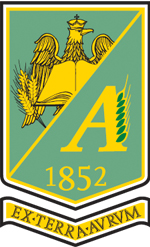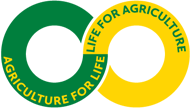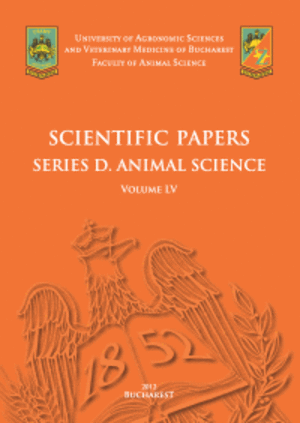Published in Scientific Papers. Series A. Agronomy, Vol. LXVIII, Issue 1
Written by Larisa Elena RÎPA (TOPÂRCEANU), Viorel GHIORȚAN, Georgeta GUȚĂ, Leonard ILIE
The primary objective of this research is to evaluate the possibilities of maintaining the optimal natural potential of soils within a sustainable land use framework. This involves assessing the land’s capacity to support various agricultural activities without compromising natural resources while ensuring long-term soil fertility. In the studied area, the floodplain of Roseți Commune, Călărași County, four main soil types were identified: Alluvisols, Gleysols, Psamosols and Anthrosols. These soils reflect ecological diversity and pedological conditions specific to floodplain areas, exhibiting a slightly alkaline pH (7.2-7.6). Alluvisols are fertile soils formed through alluvial deposits and have a moderate humus content (3.92%). In contrast, Gleysols are characterized by poor drainage and intense gleying processes due to high moisture excess, with a low humus content (1.68%). Psamosols, with a high sand content, have a reduced water retention capacity and a moderate humus supply (2.56%), whereas Anthrosols are soils modified by human activity. The identified soils are well supplied with phosphorus (65-71 ppm) and potassium (160-360 ppm), ensuring the agricultural and ecological potential of the region.
[Read full article] [Citation]




